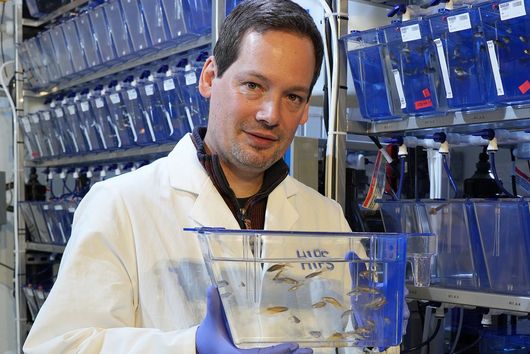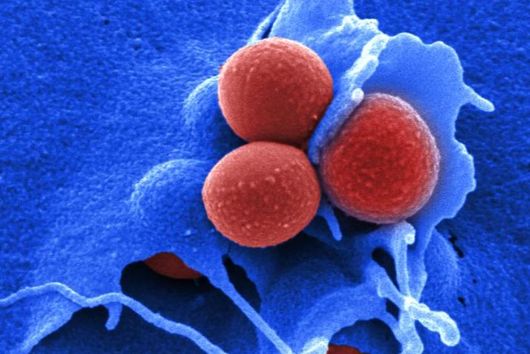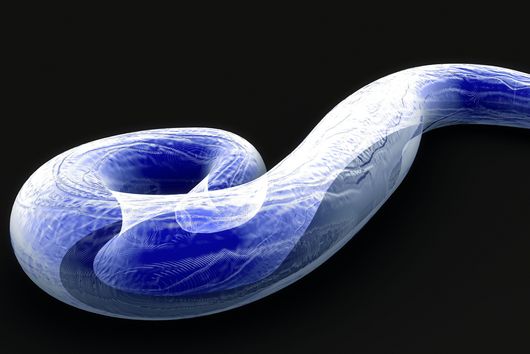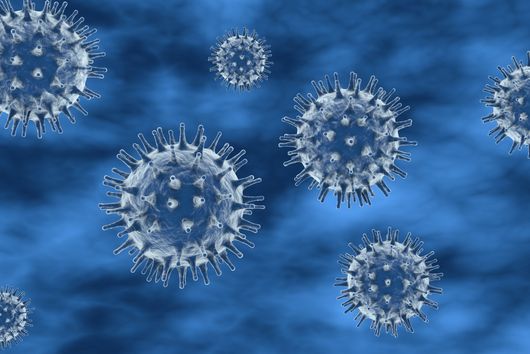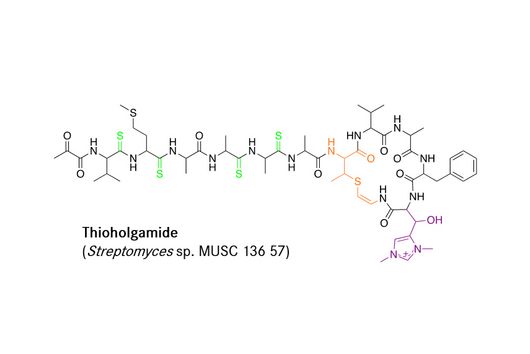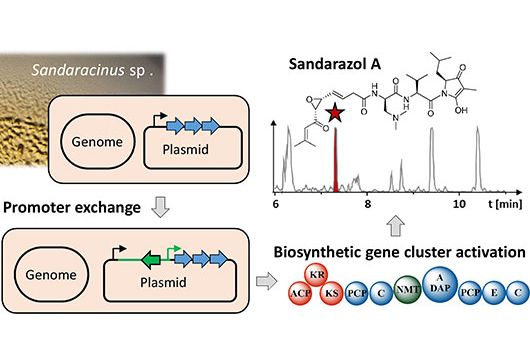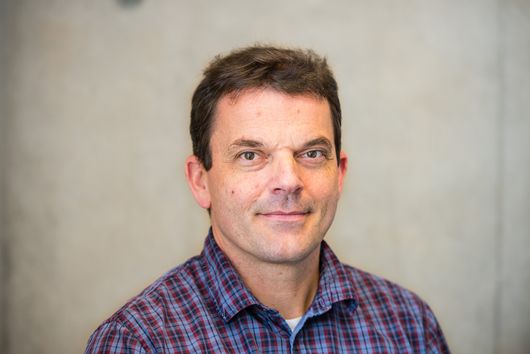Saarbrücken, March 05, 2024 – New active substances for the treatment of resistant bacteria are needed more urgently than ever – yet only few candidates make the leap from research to clinical application. To facilitate precisely this transition, the US organization CARB-X provides targeted funding for advanced projects in antibiotics research. Saarbrücken researcher Anna Hirsch has now successfully acquired CARB-X funding for one of her innovative projects for the second time. The aim of the project, which is funded with up to 1.25 million US dollars, is to develop resistance-breaking antibiotics for the treatment of bacterial pneumonia.
Pneumonia is not just pneumonia - while most people initially assume a single disease behind this term, clinicians differentiate between community-acquired and nosocomial, i.e. hospital-acquired, cases. These two clinical conditions differ significantly in the bacterial pathogens that cause the disease, but also affect different parts of the population. In her research, Anna Hirsch, head of department at the Helmholtz Institute for Pharmaceutical Research Saarland (HIPS) and professor at Saarland University, now focuses specifically on cases of pneumonia that are transmitted outside the hospital and lead to numerous hospitalizations and deaths every year. The funding from the non-profit initiative CARB-X is intended to help make the drug candidates available to patients around the world as quickly and efficiently as possible. CARB-X is a non-profit partnership based in the USA that is dedicated to the fight against antimicrobial resistance. Its activities are funded by the German Federal Ministry of Education and Research, among others. The HIPS is a site of the Helmholtz Center for Infection Research (HZI) in collaboration with Saarland University.
"We want to develop substances that specifically attack the most relevant pathogens."
Prof Anna Hirsch, Head of Department “Drug Design and Optimization”
To achieve their goal, Hirsch and her team are specifically looking for new synthetic molecules that are capable of attacking a target structure of the pathogens that was previously identified in Rolf Müller's department at HIPS. This is the so-called DNA clamp "DnaN" – a protein that bacteria need in order to divide and multiply. The special thing about it: As no commercially available antibiotic targets this protein yet, there is a good chance that this strategy can also be used to combat pathogens that have already become resistant to other antibiotics. To achieve their goal, Hirsch and her team are using computer-assisted screening procedures and innovative methods from the field of medicinal chemistry. They are working not only with researchers at the HIPS, but also with groups at the HZI in Braunschweig. In addition, experts from the German Center for Infection Research (DZIF) will be on hand to advise her.
"Community-acquired pneumonia can be caused by a number of different pathogens. We are therefore working on two approaches in parallel," says Hirsch. "On the one hand, we want to develop substances that specifically attack the most relevant pathogens. This has the advantage that the types of bacteria that are helpful for humans are spared and we can expect fewer undesirable side effects. As a second approach, we are nevertheless pursuing the development of an antibiotic with a broad spectrum of activity. Such active substances are particularly important when a person is infected with several multi-resistant germs at the same time." Dr Walid Elgaher, research associate and project manager in Anna Hirsch's department, adds: "Our research is strongly oriented towards clinical needs and we test our drug candidates on bacterial isolates from hospitals. If we are successful with the development of our active substances, numerous patients will be able to benefit from them in a few years' time."
By the end of the CARB-X-funded project, the aim is to determine which of the two strategies promises the greatest success. This will then be prioritized and developed into a finished drug for use in humans. To this end, CARB-X is initially supporting the research of Anna Hirsch's team with 1.25 million US dollars in the first year. If the project develops as planned, the team will receive up to an additional 6 million US dollars in a second and third funding phase.
Further information here: https://carb-x.org.



































